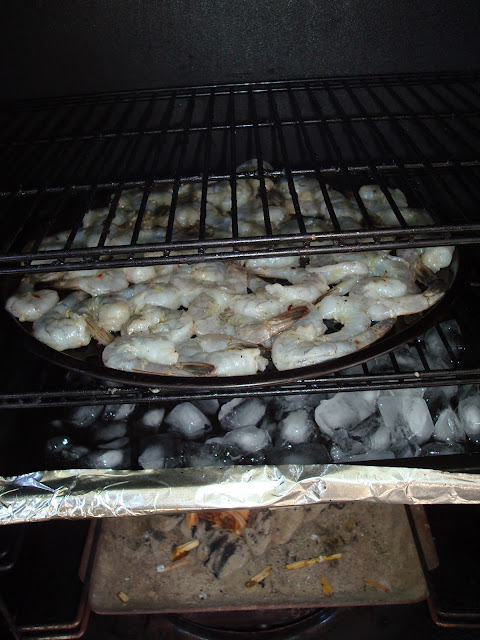Do you have one of those fancy Kitchen Aid Mixers? If so then you can make homemade pasta very easily, but first you’ll need the pasta attachments, which you can find at your kitchen specialty stores or order online. I ordered the 3-Pack. One is the pasta sheet roller, which is necessary for all pasta making, the second one is for spaghetti of various thicknesses, and the third is for linguine. I believe this is known as the starter set. I got mine online through Home Depot for a better price and the shipping to my home was free.
All the pastas are easy to make once you get the hang of it but I’m going to give you directions for whole wheat pasta because it is the most temperamental to make and once you conquer it, you’ll be a pro at making pasta, --not to mention its healthier and tastes a lot better than the packaged whole wheat pasta you buy in the stores that takes forever to cook.
This pasta goes very well with my recipe for Italian Sausage and Peppers. The hardiness of the whole wheat dough stands up well to the tender sausages, onions and peppers.
Homemade Whole Wheat Pasta Linguine
4 Large Eggs
2-1/2 to 3 Cups Whole Wheat Flour
1 Teaspoon Salt
2 Tablespoons Water
White Flour, to sprinkle on cutting board
First of all, get a large pot of water with some salt and a little olive oil to boiling then turn down to medium low until 2 minutes before you’re ready to put in your pasta. That way you’ll be ready to cook the pasta right away. About 2 minutes before adding the pasta turn it back up to a boil.
Place the eggs and water in a bowl and then add the 2 cups flour to start. Using your dough hook in your hand, incorporate the ingredients together by hand to get it started. Now take the hook and attach it to the mixer and turn the speed to 6 until you see everything coming together, then turn to speed 4. The dough should form a ball and the sides of the bowl should be free of dough. The dough will get loose again so at this point you want to add ½ cup flour, a little at a time, until a good, firm dough ball sets up. You might need more than a ½ cup more depending on the humidity in the air and the type of flour you’re using. This is why you need to add slowly. Once the dough stays in a ball, set the timer for 4 minutes of kneading. Place the dough in a covered container and set aside for 30 minutes.
Divide the dough into manageable sized pieces to run through your sheet roller. Set your roller to 1. Using white flour, generously coat your dough ball for the first time and run through the roller.


Fold it into thirds, lightly sprinkle with flour and run it through 3-4 more times on number 1, folding the dough each time and making sure that you have a light coating of flour each time. Now set your roller to 2 then 3 then 4 then 5, each making sure that you’re lightly coating with flour. You don’t need to fold the dough during these times and only run through once each. Your pasta should start to feel flexible and smooth as you pass your dough through. You want to get to a desired number suitable for the kind of pasta you intend to make. You will see the appropriate sizes of thickness for different types of noodles on page 6 of your pasta attachment directions. I am going to take it to number 6 for linguine. Once your dough is to the desired thickness, store the sheets of pasta on a clean cloth, lightly sprinkling with flour so the sheets don’t stick and cover with another clean cloth.
Now it’s time to proceed to the next step. Put your linguini attachment on the mixer. This would be a good time to turn the water to boiling so it’s ready for your pasta. Take the cutting board and place in under the attachment to catch the linguine. Run each sheet of pasta through the linguine cutter.
After running about 4 sheets through the cutter, place that linguine in the boiling water and cook for 2 minutes. Have a small hand strainer or pasta scoop on hand and scoop out the linguine or an internal strainer to remove the pasta, keeping the boiling water going. Continue with the rest of your sheets and cook in batches.
-Susie Tronti

























